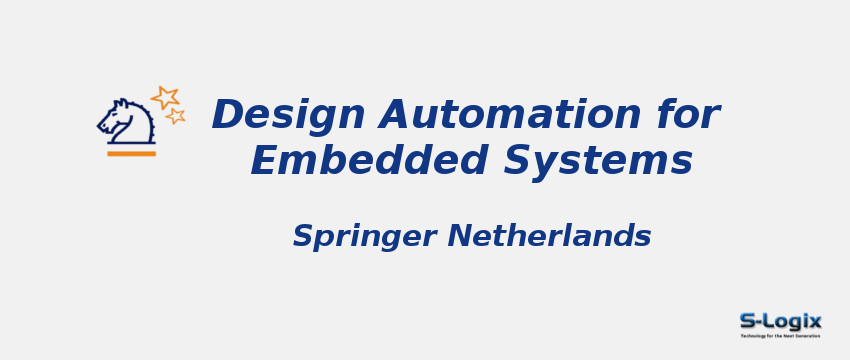Journal Home: Journal Homepage
Editor-in-Chief: Reinaldo A. Bergamaschi
Print ISSN: 0929-5585
Electronic ISSN: 1572-8080
Abstracting and Indexing: Science Citation Index Expanded, Scopus.
Imapct Factor 2024: 0.9
Subject Area and Category: Computer Sciences
Publication Frequency: Quarterly
H Index: 33
Q1:
Q2:
Q3: Hardware and Architecture
Q4:
Cite Score: 2.4
SNIP: 0.561
Journal Rank(SJR): 0.259
Latest Articles: Latest Articles in Design Automation for Embedded Systems
Guidelines for Authors: Design Automation for Embedded Systems Author Guidelines
Paper Submissions: Paper Submissions in Design Automation for Embedded Systems
Publisher: Springer US
Country: Netherlands
